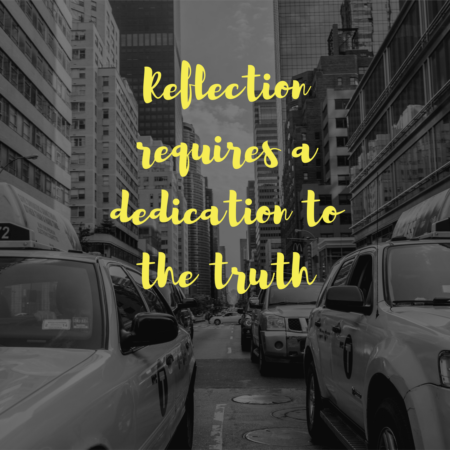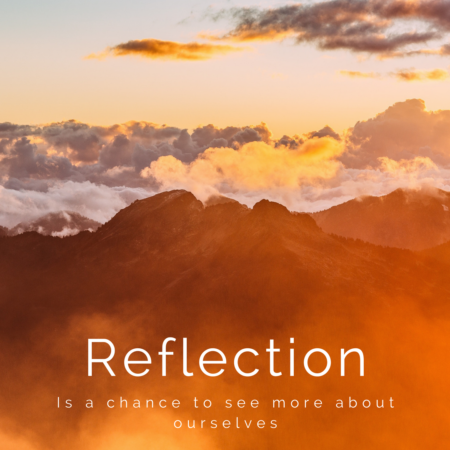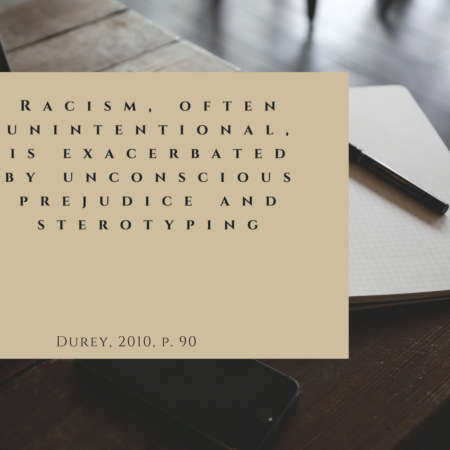After reading, Educate yourself, then educate others: WAR, Invasion Day and treaty by Massimo Amerena, a powerful article indeed, I would like to add, yes educate yourself, but also engage in healthy self-reflection of your own attitudes and behaviours.
Reflection can be very a powerful tool in identifying a person’s attitude, beliefs and biases. In all universities today scholarly reflections are used to do just that. They are often a standalone assessment that students complete characterised by their own thinking about the subject material they are learning. It requires a dedication to the truth, that deep and genuine understanding of what a person is learning about, but also articulating this reflection in a deep and personal way. This type of reflection is often challenging for many students particularly when it becomes a source for confronting one’s own biases.
As part of my university degree, Bachelor of Social Welfare, I was studying a subject titled Health and Indigenous Australian Peoples, a subject I’m familiar with as a youth support worker/counsellor. However, as much as I might have thought I knew a lot about Australian history this subject has taught me a great deal more.
I would like to offer my scholarly reflection merely as an opportunity for others to reflect on my words, disagree or agree if you will. I hope this reflection helps to encourage some understanding of how important it is to learn about the truth of Australia’s history, particularly if you are working with Aboriginal and Torres Strait Islander Peoples. Additionally, I hope to demonstrate how reflection alongside knowledge can be extremely influential in empowering better self-awareness and enhancing your interactions with others both personally and professionally.
After reading the reflection below, I challenge everyone to be proactive in understanding the truth about our Australian history. I will go even further by inspiring people to reflect on their own attitudes and behaviours when interacting or working with others. Perhaps you will recognise some biases that may be harmful or culturally unsafe and then feel empowered to work at becoming a more supportive and helpful friend, colleague, healthcare professional or advocate in your everyday life.
Scholarly Reflection – 600 words
After reading, Reducing racism in Aboriginal health care in Australia: where does cultural education fit? I quickly became aware of how important cultural education was in reducing racism in healthcare delivery (Durey, 2010). On learning that the term cultural safety was conceived in New Zealand to signify ethical practice it presented the need to further understand the framework within Australia. I wondered about the strengths and limitations of the cultural safety framework and the overall effectiveness in reducing racism or improving safe healthcare practice. As a youth support worker, I had my own assumptions about its meaning and delivery in a healthcare practice. I reflected on the possible potential for power imbalances and prejudice in my support work with Aboriginal and Torres Strait Islander Peoples and the likelihood of this limiting their health outcomes. I was also ignorantly unaware that the1970s Australian model of health care neglected the need for reflection on assumptions, and only after a systematic review of self-reported racism and the connection to ill health was more research conducted on the relationship between racism, the health of Aboriginal and Torres Strait Islander Peoples, the institutions and interpersonal attitudes (Durey, 2010).
After further reading about Aboriginal history, culture, law and social societies and then subsequent invasion and the introduction of the ‘White Australia Policy’ and the ideology arising from this divisive, socially superior ideal, it was hard not to feel furious and heartbroken for Indigenous Australians. This knowledge cemented my understanding of why, in moving forward to contemporary Australia, health professionals must demonstrate a willingness to support and deliver health care using thoughtful and cultural safe methods (Hampton & Toombs, 2013). Now, with deeper insight into the reasons why I believe this needs to be done.
The challenge for me has been thinking about how to deliver a culturally appropriate primary framework when the negative effects of racism originated through colonisation and first appeared both interpersonally and institutionally. Understanding that white Australians often lack reflection and normalise the dominance of their social order and this attitude facilitates the resistance to change. Further expanding on this reflection, the idea of learning healthy self-reflection as healthcare professionals and perhaps revisiting my own client and provider experiences. I imagine this to be a useful tool on a personal and professional level, providing an opportunity to realise stereotyping or perhaps even my own prejudices. This is stated as, ‘Racism, often unintentional, is exacerbated by unconscious prejudice and stereotyping.’ (Durey, 2010, p. 90).
Further reading led me to be hopeful by the likelihood of the continuation of developing strategies that link, partnerships with academia, healthcare services and government to create sound policies and training programs that reflect understanding, competence and acceptance. While these collaborations and evaluations are essential to building better programs and training in cross-cultural differences, I was extremely disappointed after further reading revealed that even with educational programs and skill-based training in cultural safety throughout government services, while there was an immediate decrease in prejudice, months later even with the new knowledge some levels of negative stereotyping had returned (Durey, 2010).
Now, with a better understanding, I look forward to embracing new aspects in my personal and professional future. I’ll endeavour to reflect and evaluate my cultural competence to ensure that I am fostering respectful healthcare delivery. Another characteristic learned from this reading is to continually be advocating for better outcomes for Aboriginal and Torres Strait Islander Peoples if they are not being achieved in a healthcare service. Additionally, understanding that my educational knowledge, attitudes and skills can be utilised on a personal level, teaching and familiarising other people with cultural safety in everyday life.
References
Durey, A. (2010). Reducing racism in Aboriginal health care in Australia: where does cultural education fit? Australian and New Zealand Journal of Public Health, 34, 87-91. doi:10.1111/j.1753-6405.2010.00560.x
Hampton, R., & Toombs, M. (2013). Indigenous Australians and health; the wombat in the room. South Melbourne, Victoria: Oxford University Press.
Taylor, K., & Guerin, P. (2014). Health Care and Indigenous Australians Cultural safety in practice (2nd edn.). South Yarra, Victoria: Palgrave Macmillan.



Connect With Me